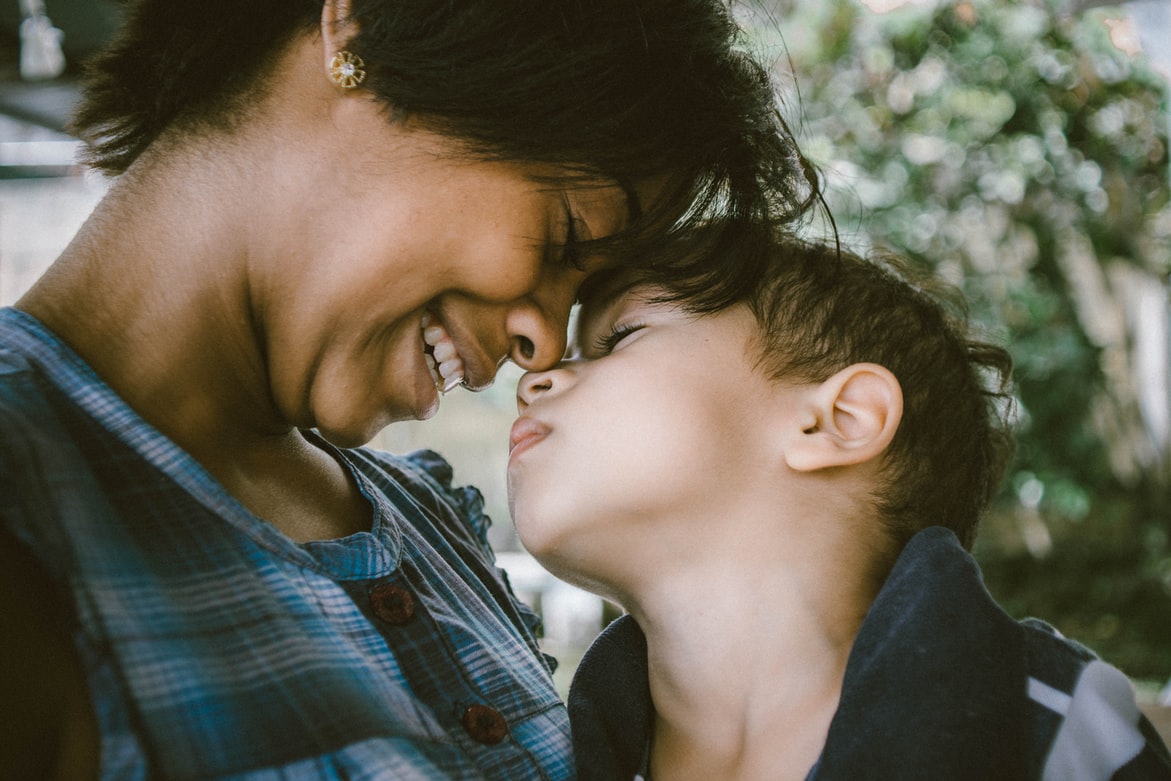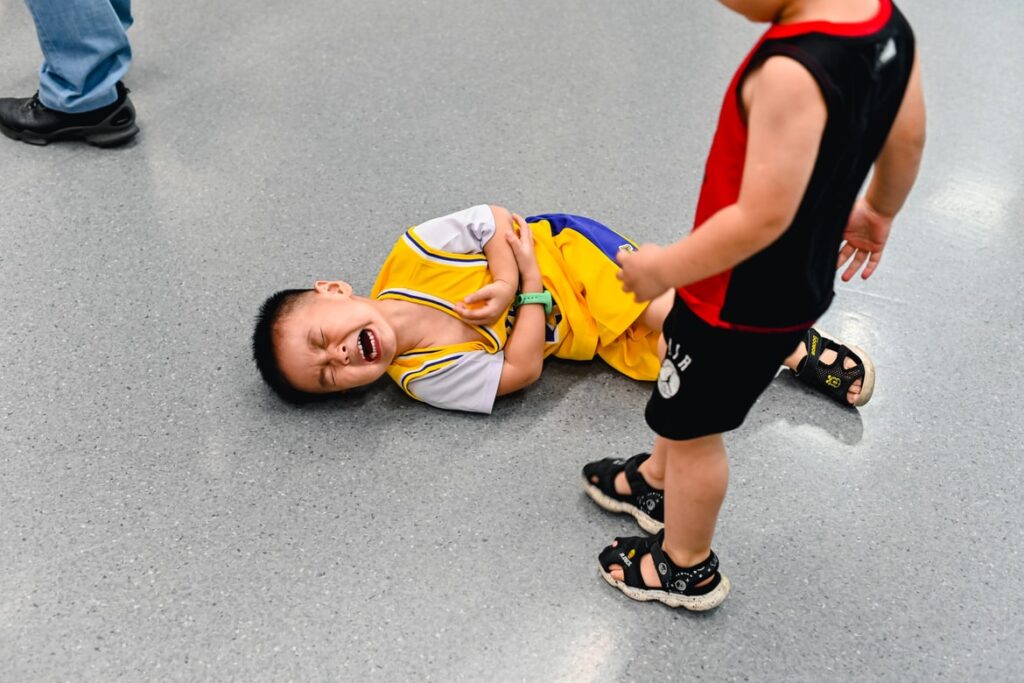
5 Tips on How to Keep Your Kids Safe Without Becoming a Helicopter Parent
Helicopter parents are overprotective parents who constantly hover over their children trying to manage their every move. Sometimes they don’t hover physically, but try to control their child’s life by micromanaging their schoolwork, and insisting on helping them with tasks they’re capable of doing on their own.
Parents who act this way are usually acting out of fear for their child’s safety. Sometimes that fear is rational, but not always. Many helicopter parents suffer from anxiety and are projecting that anxiety onto their children.
It’s absolutely normal to be concerned about your child’s safety. However, you don’t have to be a helicopter parent to keep your child safe. It’s also not possible to protect your kids from every possible danger in the world.
When your kids are young, supervision is important. However, they need to experience the world for themselves. Here are some ways to protect your kids and give them space to explore the world at the same time.
1. Keep little ones at arm’s length

In previous generations, it was normal to let your kids play outside and ride their bikes to their friends’ houses. It may not have been entirely safe, but there weren’t as many dangers unless it was done in a bad neighborhood. Today, that’s not really a good idea. Kids can be taken by a predator in a split second, and nobody thinks it can happen to them until it does.
Kidnappings are a legitimate concern, although you don’t need to live in fear of this happening. You just need to supervise your kids when they play and keep them at arm’s length in public. When you’re in a crowd, hang onto them and don’t let them go for any reason.
Kiddie Totes, a company that makes scooter luggage for kids, suggests using a harness that attaches to your child’s backpack. The harness has a tether that you can hold onto, ensuring your ability to keep your child close. A tether is a bit easier than trying to hand onto your child’s hand when they don’t want to hold yours.
You’ve probably seen someone with a tether attached to their child and laughed. It does look kind of funny, but it serves an important purpose and is a great idea.
2. Understand that getting hurt is part of learning

It might sound awful to say that kids need to get hurt to learn, but it’s true. However, that doesn’t mean your child should have major accidents where they break bones and get stitches. Although, that is a possibility.
Everyone learns how the physical world works by falling down and getting back up. It’s how we learn to balance when trying to walk, and how athletes learn to master their sport.
All of the skills your child learns by climbing trees and jumping off objects are creating neural pathways that help them navigate the physical world by muscle memory. They will inevitably get hurt in the process, and sometimes that’s not only unavoidable but part of learning.
That doesn’t mean you need to let your kids climb 200-foot trees and jump from the highest branches. Even though kids are generally good climbers, it’s okay to set boundaries. If your child insists on climbing a tree, start with a very small tree and stand by to catch them if they slip.
3. Give your child the space to make mistakes

Everyone learns from their mistakes, even adults. When kids make mistakes at a young age, they have a better chance at learning the important lessons behind those mistakes.
Naturally, you wouldn’t hesitate to rescue your child from impending danger, but if the consequences don’t put them in physical danger, let them make mistakes. Let them forget to put away their favorite toy and watch the dog run off with it. Let them try to eat their cereal with a fork and realize why it doesn’t work.
Give your child the space to make as many mistakes as they can because mistakes teach better than giving a child the right answer. When kids learn what doesn’t work, they’re going to be better equipped to troubleshoot issues as they arise rather than being consumed by obstacles.
4. Set reasonable boundaries

All children need boundaries, but they need to be reasonable. You can’t expect your child to live in a bubble filled with strict rules that make it impossible for them to interact with their friends. However, you can set reasonable expectations and limits for things like smartphones, tablets, television, and video games.
Set the minimum boundaries you feel are necessary to keep your child safe that also allow them to play, explore, and spend quality time with friends. If you’re going to allow a younger child to use the internet, however, make sure you give them a kid-safe device that allows you to completely control the content they view online.
5. Let your child explore the world

Kids are naturally curious and want to explore the world. You can actually keep them safe by allowing them to follow their adventurous instincts. If kids don’t have a chance to explore the world, they won’t have any idea about what potential dangers are out there.
Kids are excellent problem solvers, but they need to bump into those problems to find the solution. Once they do, life becomes easier as they gain experiences they can apply to future situations.
The more you keep your child in a protective bubble, the less aware of real dangers they are, and the more they are likely to be naïve and get in a car with a stranger or try some kind of dangerous drug.
You don’t need to hover to keep your child safe
You don’t want to get into the habit of micromanaging your child’s every move, but don’t be afraid to set boundaries and rules that keep your child safe. There is a difference between a helicopter parent and a parent who sets safe boundaries.
